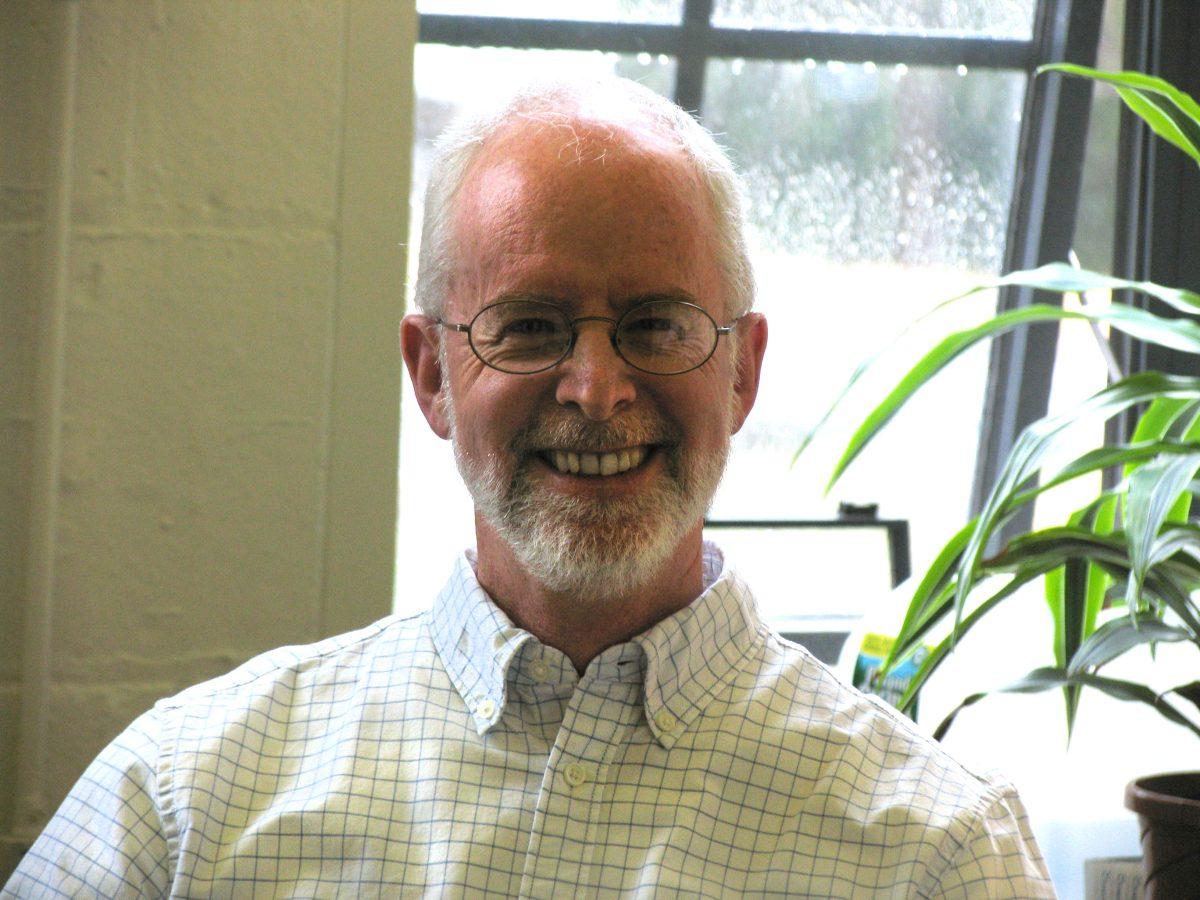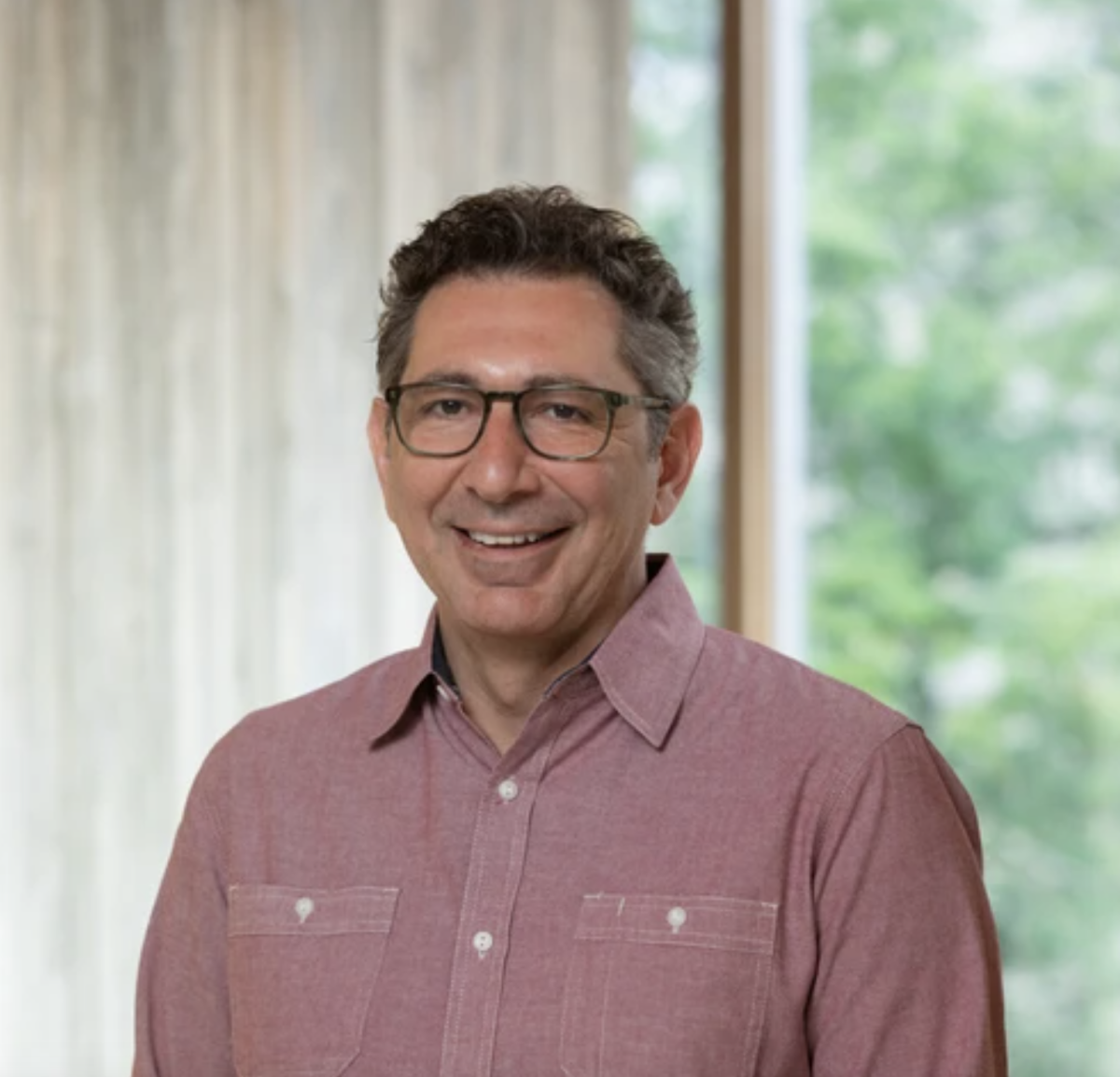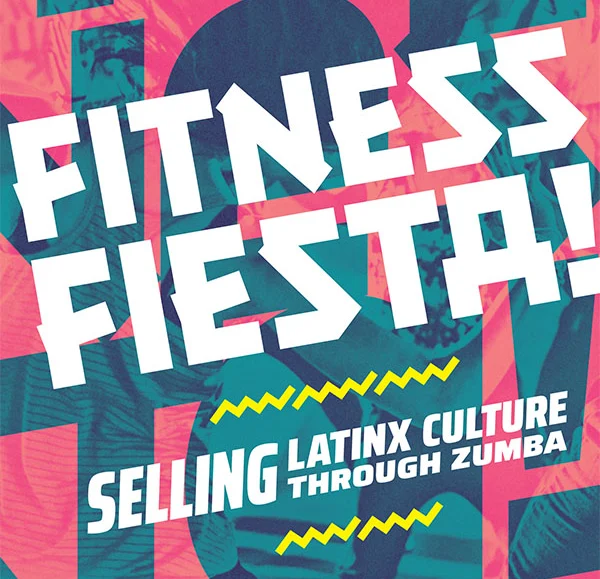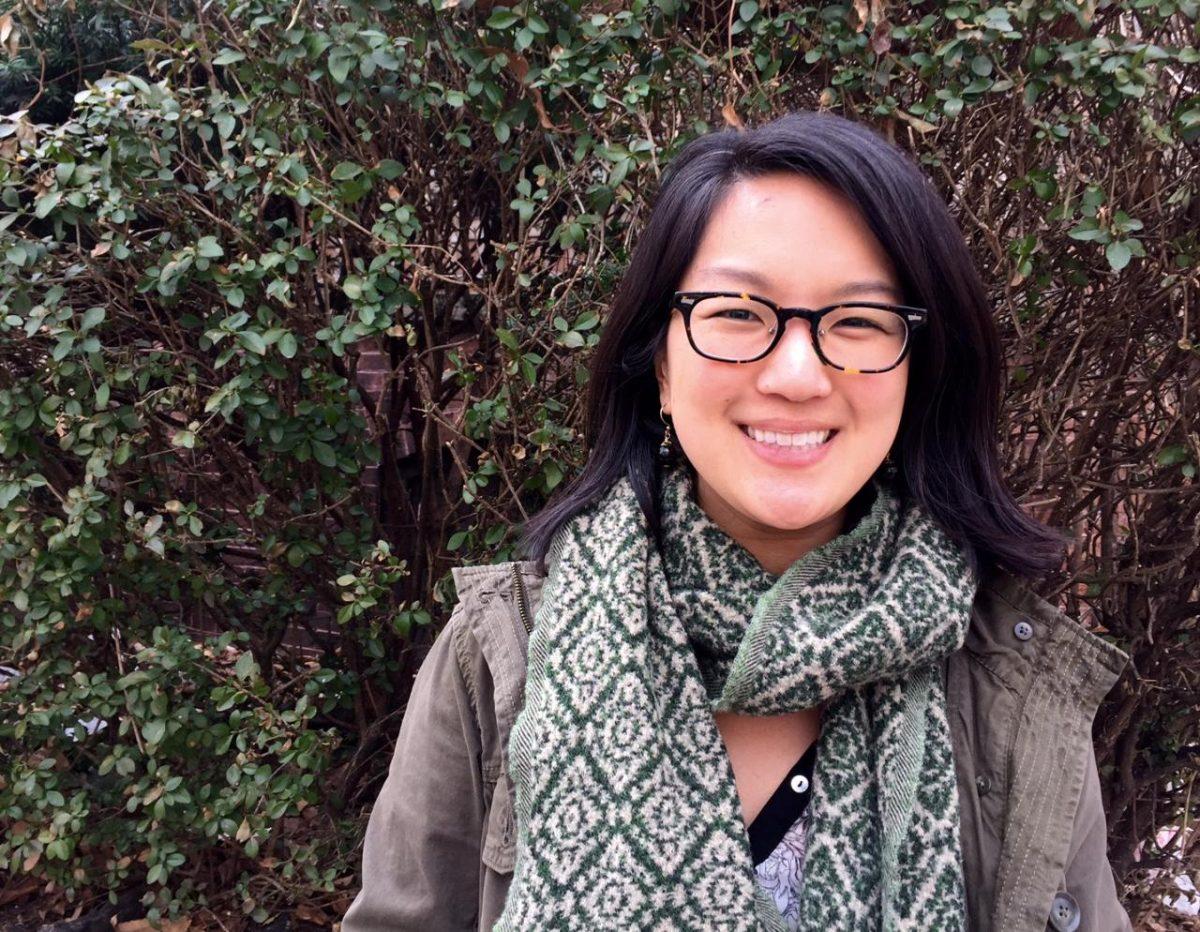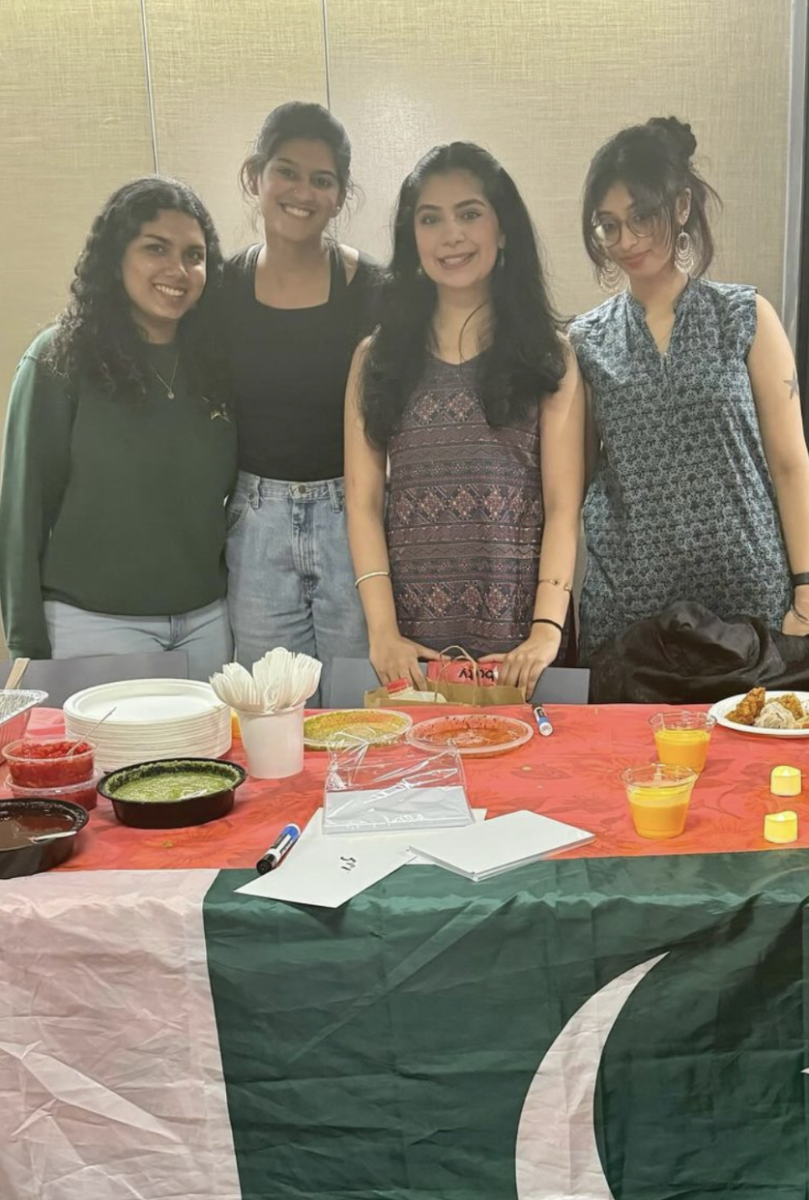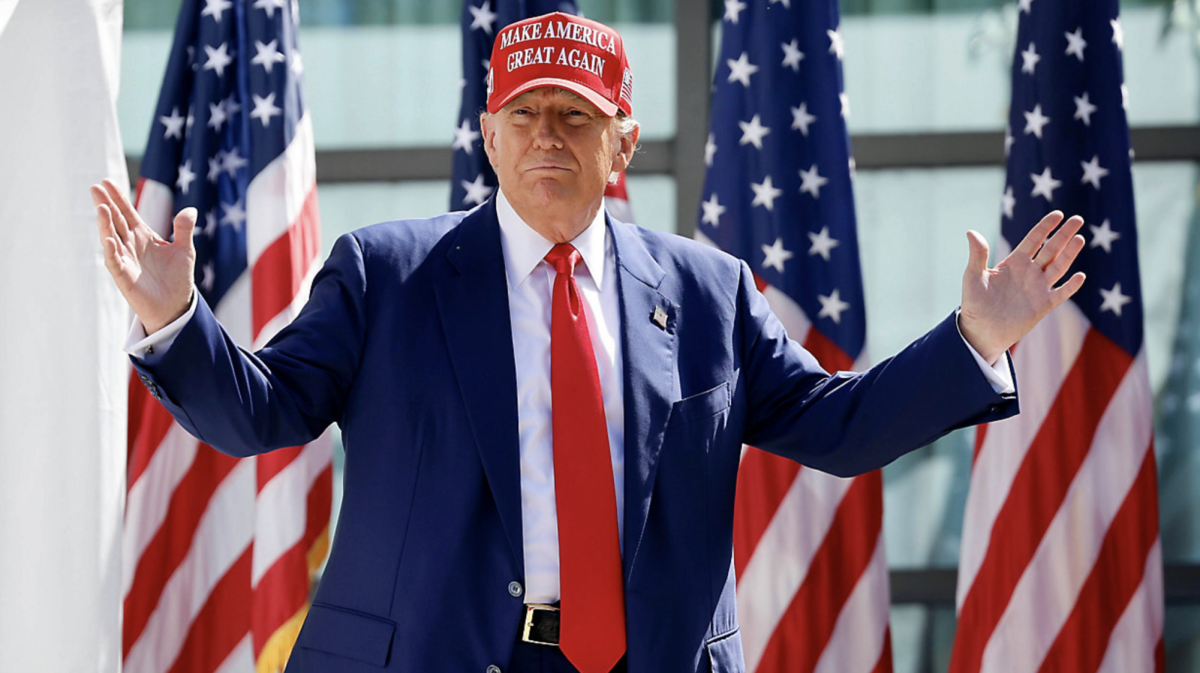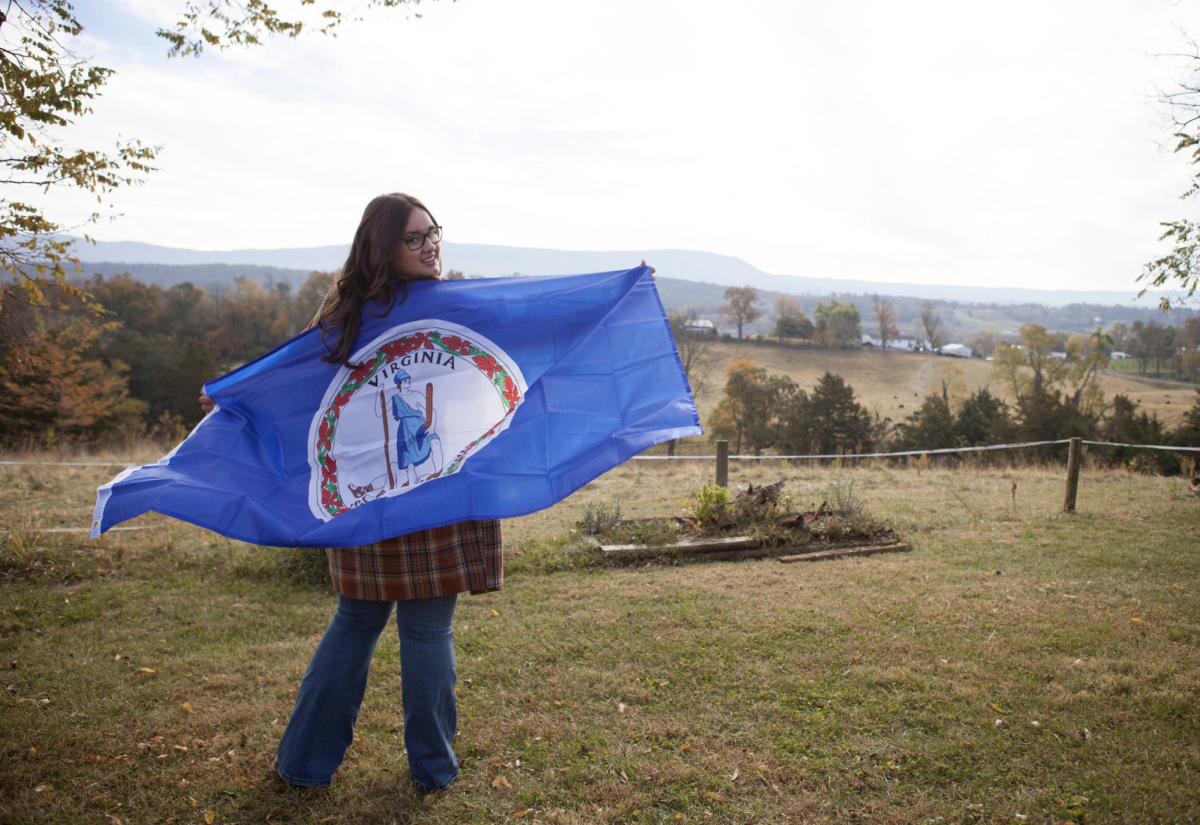He strides across the Science Center straight-backed and solemn (his mother used to say he had “shoulders like a soldier”) but in the classroom and the office he is relaxed and cheery. Now, in his 29th year teaching physics at Wellesley, time has not made Professor Glenn Stark any less of a talker; he is one of those people who can make a person feel at ease during a conversation. His patience, optimism and humor are infectious.
What is unique about Stark is his incredible career path into and then back out of physics. Now, Stark’s love for both physics and Wellesley shine through in conversation with him. In fact, he used the word “love” over nine times during a proposed 45 minute interview that inevitably stretched to the two hour mark.
“Some of the crown jewels of science are in physics. There are the great, grand theories of relativity and quantum mechanics and exposure to that is in the nature of a liberal arts education. That’s what a liberal arts place like this is about. I’d love to have students walk out the door from Wellesley being aware of what special relativity and quantum mechanics is about on some level,” Stark said.
However, Stark did not always possess the same passion for physics. In fact, going to MIT as an undergraduate had nothing to do with his aptitude for math and science and everything to do with playing basketball.
“I was kind of loosey goosey as a teenager,” Stark said. “Math and science were clearly what I was good at, but I wasn’t focused. I loved to play basketball and I played all the time, but I wasn’t very good at it.”
When it came time to apply for college, Stark planned to apply to McGill University, his father’s alma mater. His friend, who had made the high school basketball team, encouraged him to apply to MIT as well, stating that MIT’s basketball team was so bad that they could both make the team and play together.
“Miraculously, I made the team,” Stark said. “I played basketball for four years and I loved it. It might be the most exciting thing I did at MIT.” Stark credits his passionate entrance into physics to an inspiring high school teacher and three MIT physics professors from his freshman year. Though they were each unique individuals, they all had the ability to share their passions with their students.
“[My professors] were each very different. One of them was quiet and one was a big showman. But what they had in common was they could each demonstrate that clear way of thinking that was so beautiful to me that even if I couldn’t do it, it still appealed to me. I was so taken by their example,” Stark said.
MIT had started fun but ended worse. Stark fondly recalls playing basketball, feeling inspired by his professors and even biking across the U.S. from Palo Alto, California to New Jersey with some clothes, food and a small ball peen hammer. But in spite of those good times, around junior year Stark began to hit what he calls a “rocky patch.” He was neither enjoying nor engaging with the material and was not learning it well as a result. He decided to finish the physics degree he had started but leave MIT. He knew with confidence that he would never want anything to do with physics again. He went so far as to avoid the Graduate Record Examinations (GRE), not even allowing himself the chance to pursue future studies in physics. With an MIT physics degree, no plans and no money to pay for the rent, Stark decided to live his life around one guiding principle: to stay as far away from physics as possible.
Stark ended up picking whatever jobs he could find. He took up a position as a personal care assistant at a large state institution, a locked building where mentallyimpaired boys had been abandoned and had developed uncontrollable behaviors. Other jobs he had included a cabbie, a tutor and a high school classroom teaching assistant to pay rent. Despite, or perhaps because of, his struggles, Stark recounts his stories with optimism.
“I had a job driving children of divorced parents who lived in Boston and New Haven back and forth and passed on little tidbits of information between the parents. I got paid four dollars an hour and I thought it was wonderful!” Stark said.
For four years, Stark had successfully kept his distance from the subject he would later end up teaching. A research job as what Stark describes as a “lab lackey” at a small company helped set him back on the path to physics. With the time he had to find himself, Stark was determined to return to his original field of study and began studying, from the basics, for the GRE. He purchased a copy of the famous introductory textbook by Robert Resnick and did every other problem in the textbook from Chapter 1 to Chapter 50. The year spent relearning what he had not properly learned as an undergraduate was critical for his renewed interest in physics again.
“There had been so many holes in my understanding that I had been trying to layer over and over. I realized I could learn it if I did it my way and I loved that feeling. I didn’t have that at MIT. There wasn’t a moment to do that. I felt like a faker at MIT. I learned that lesson. Now I have the patience to work something out,” said Stark.
Stark’s path is a success story. His studying and time off led him to University of California Berkeley, which has one of the leading PhD programs in the field. However, the experience that influenced him the most as a graduate student was being a teaching assistant. Coming out of his first recitation section, Stark realized that he not only loved physics but he also loved teaching.
Though Stark was prepared to apply shortly after a position for a physics professor opened up at Wellesley College, his mentor advised him to pursue a postdoctoral fellowship to gain additional research experience. Stark finally came to Wellesley College in 1987, which he describes as “the place [he] wanted to be” due to the college’s renowned emphasis on teaching and the availability of opportunities to address the research questions he wanted to investigate.
Now, Stark is a happy man who is glad to have returned to academia and who cherishes his time back on a college campus. “I’m personally very satisfied that I’m here at 61 years and I’m not at all coasting,” he said. Now, he has taken up gardening and French classes at Wellesley (101, 102, and half of 201).
“When you’re at a place like this, you become an expert where I know everything and the students know nothing. And then I walked in[to French class] and I knew nothing. That was eye opening for me to not know anything and to remember that feeling of hoping to God that the teacher doesn’t call on me.”

